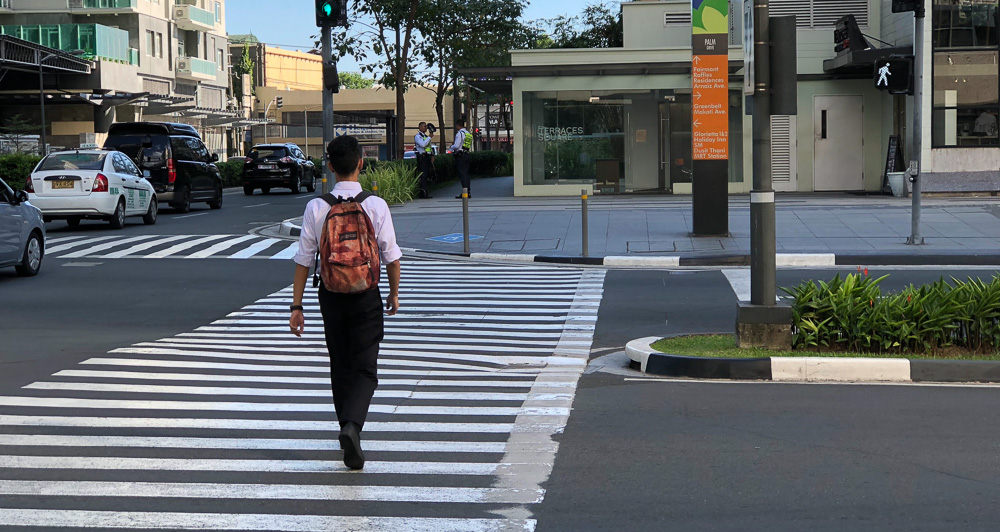
We here at VISOR are advocates of all forms of mobility—whether it’s two or four wheels, by rail, sea, or even air. However, it’s so easy to get caught up with all the shiny new forms of transportation that walking is automatically forgotten.
Being stuck in traffic has also made me realize how people have taken this form of mobility for granted, myself included. Yes, there are a lot of things that will usually discourage people in the Philippines from walking around, but if you just take that first step (pun intended), you’ll discover some benefits from using your own two feet to get around, a few of which I’ll share.
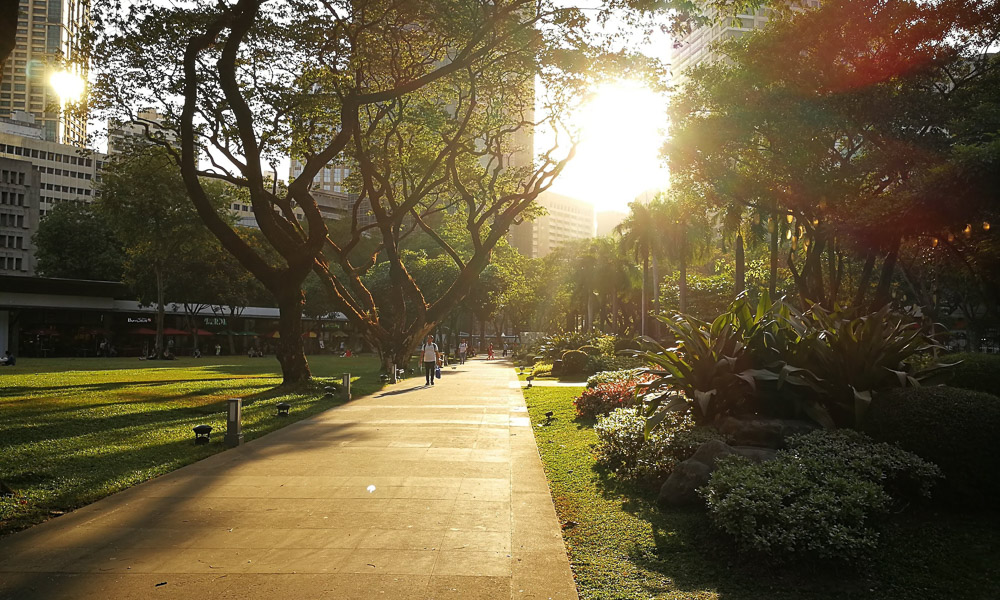
It’s great exercise. There’s a reason why walking is considered the best form of exercise, even if it’s overlooked when compared to other more strenuous forms. For one, it’s the most accessible if you aren’t physically disabled. A sedentary/inactive lifestyle is one of the main factors for many illnesses, so at least 30 minutes of walking should be ideal to help keep people healthy, and you also get “fresh” air and Vitamin D. Aside from the obvious physical benefits, it helps with mental sharpness. Use this time to disconnect, put your work on hold, and collect your thoughts as you take a stroll around your village/city. You’ll feel refreshed and ready to tackle the next task as soon as you return.


It’s free. Really, all you’ll have to do is just wake up, get up, and get out. There’s no need to use any specialized equipment or to use any fuel/electricity. When you need to run errands or pop into the nearby mall, all you have to do is just go in. No need to fuss about parking and any of the problems that come with it. Of course, if you want to take it seriously, you could splurge on a nice pair of shoes and a fitness tracker, but what’s stopping you from taking a promenade in those old sneakers you already have?
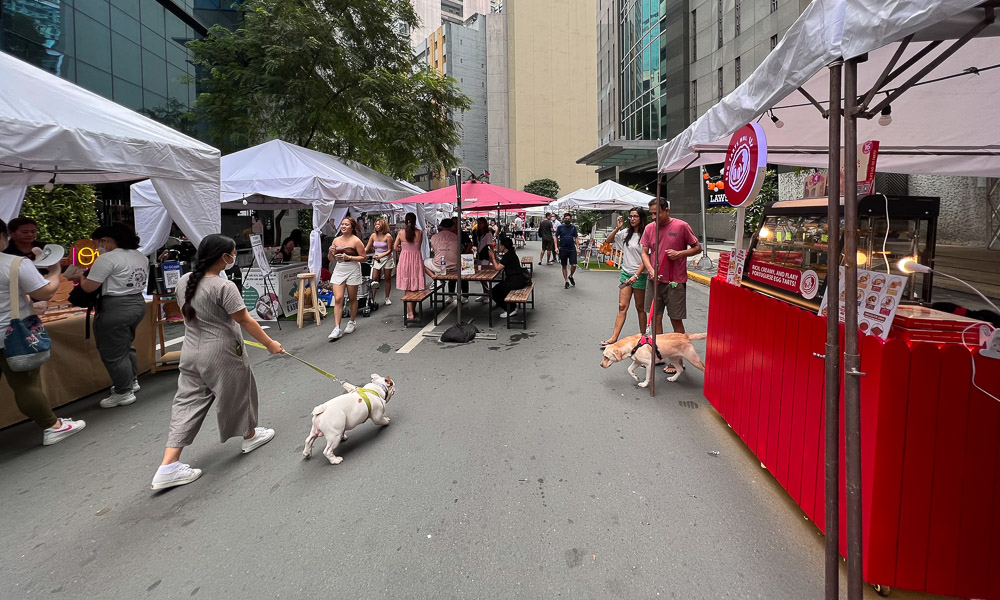
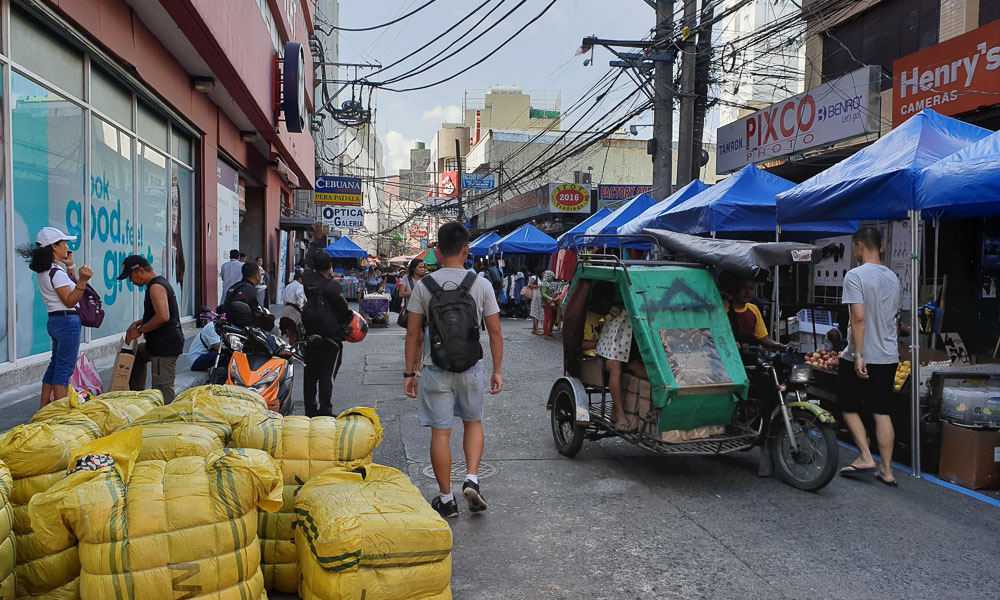
You can do so much more on two feet compared to sitting in traffic. Like cycling, walking will allow you to do and discover more things that would normally get ignored in a car. Aside from being a form of exercise and meditation, it can be used as a social activity with friends, family, and coworkers. Go car/motorcycle-spotting, walk your pet, or discover new restaurants, cafés, and shops—all without being hindered by traffic.
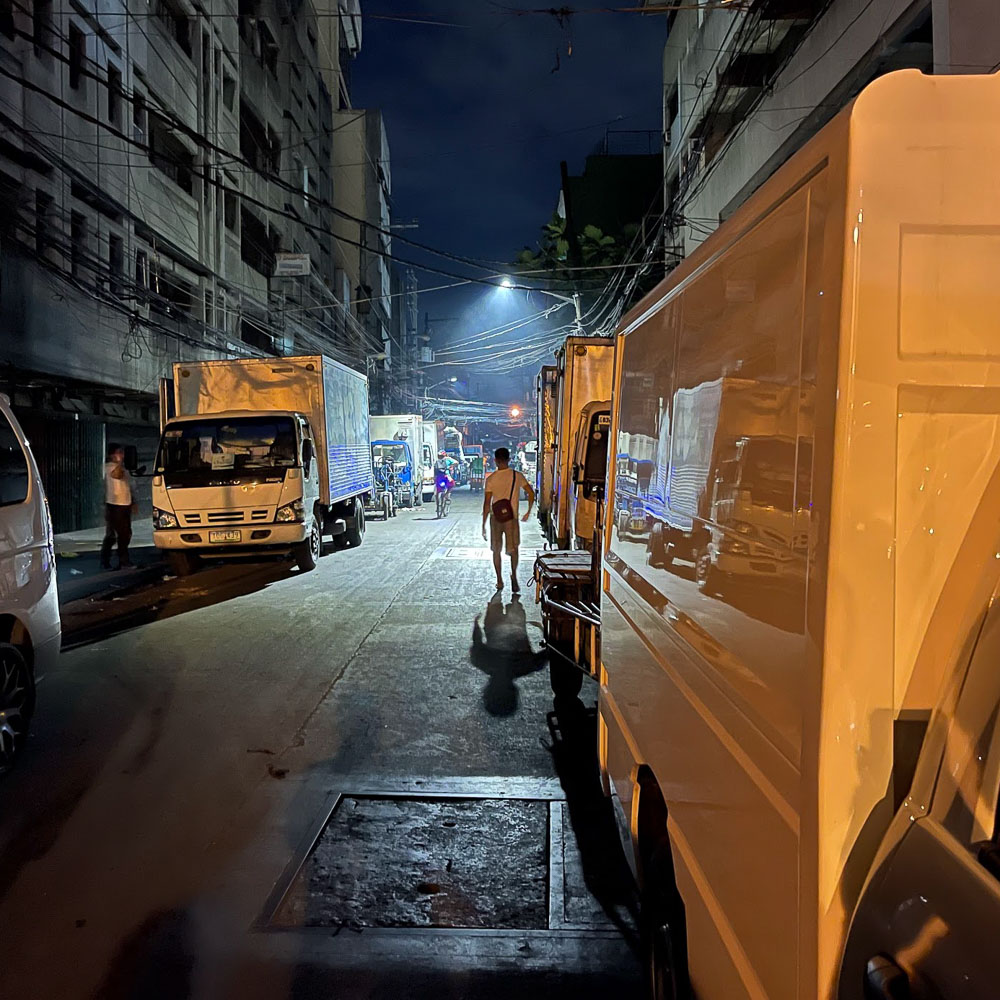
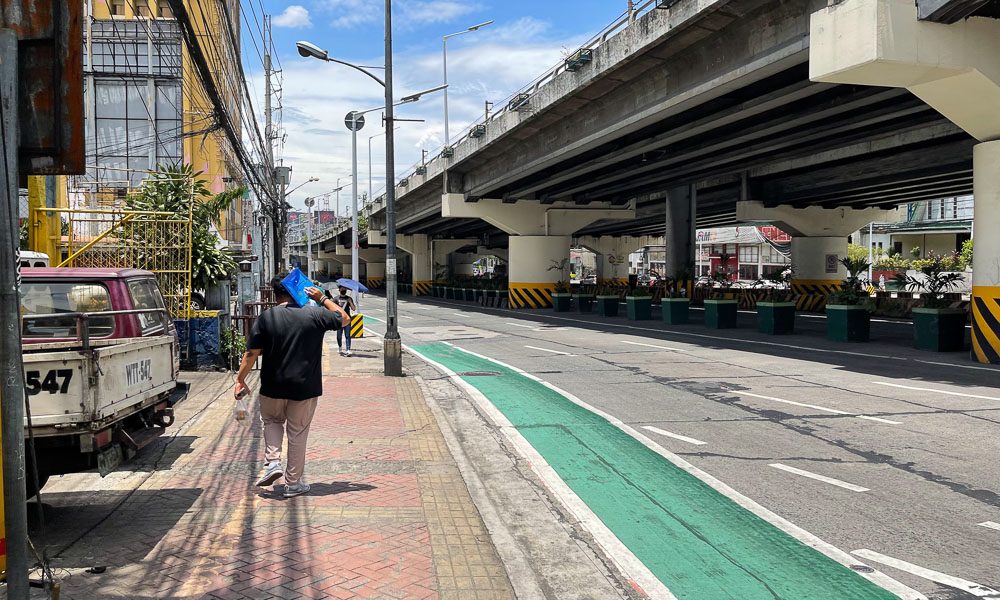
Sure, there are a couple of factors that will discourage people from walking, like the climate and the safety issues. I’m not preaching the gospel here, but from what I’ve learned from bike-commuting, one should always be aware of his/her surroundings, and if you accept the fact that you will get sweaty and are prepared for it, the journey becomes less mentally arduous. A quick shower before leaving usually will rejuvenate you and will reduce/lessen the odors from your sweat. Loose-fitting/dry-fit clothes help, and proper footwear makes one heck of a difference. Of course, be prepared with a fresh change of clothes at your destination, which is why having showers at the office—or something like Bitrago—will drastically improve the quality of life for commuters in general.


In other countries, there are incentives for people to walk, and it’s usually the connecting infrastructure for public transportation. Here, our subpar public transportation pushes people to take their own private vehicles (if they can afford it), leaving those that have to commute with the short end of the straw.
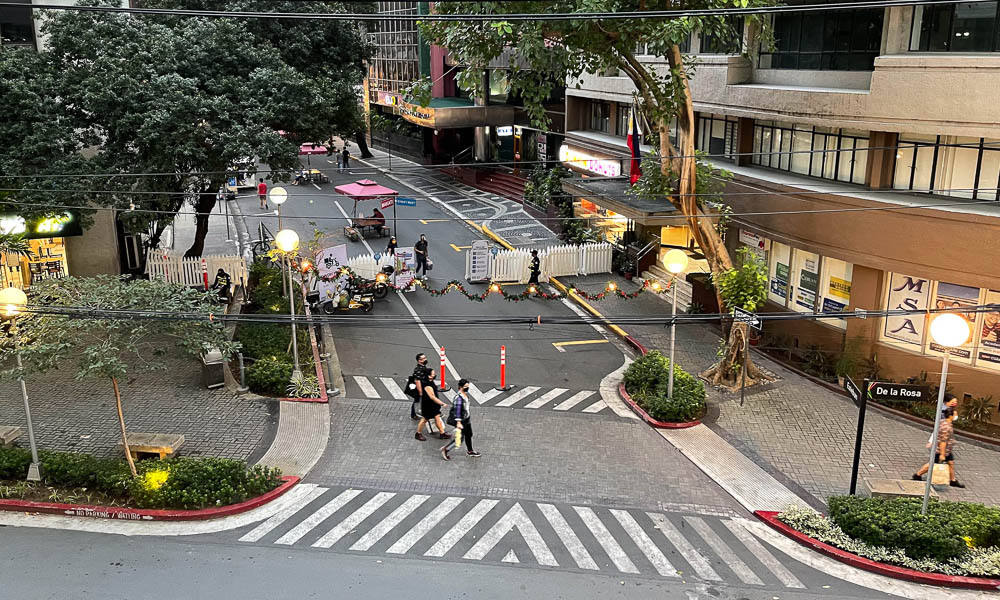
There’s no denying that our roads were designed to be car-centric from the get-go, even for some cities that tout themselves as “walkable” cities. You have to remember that once you get out of your vehicle, everyone is a pedestrian, which is why there should be added importance on the infrastructure of our streets.
To give some credit where it’s due, there are cities with sidewalks that feature flora, natural shade from trees that help make walking in the heat less of an issue, and raised crosswalks to slow oncoming cars down, showing that there are people who actually know what they’re doing.

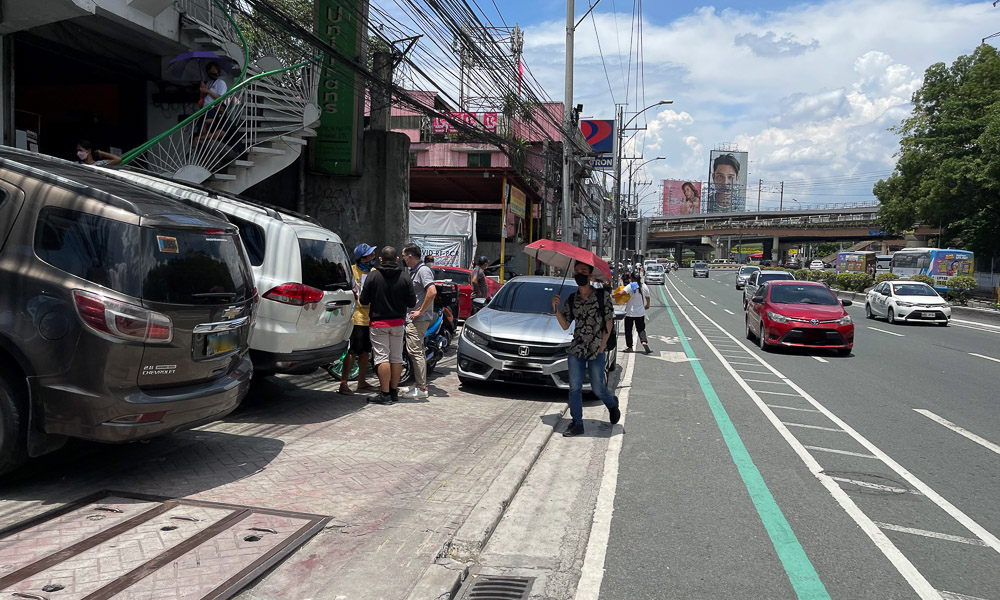
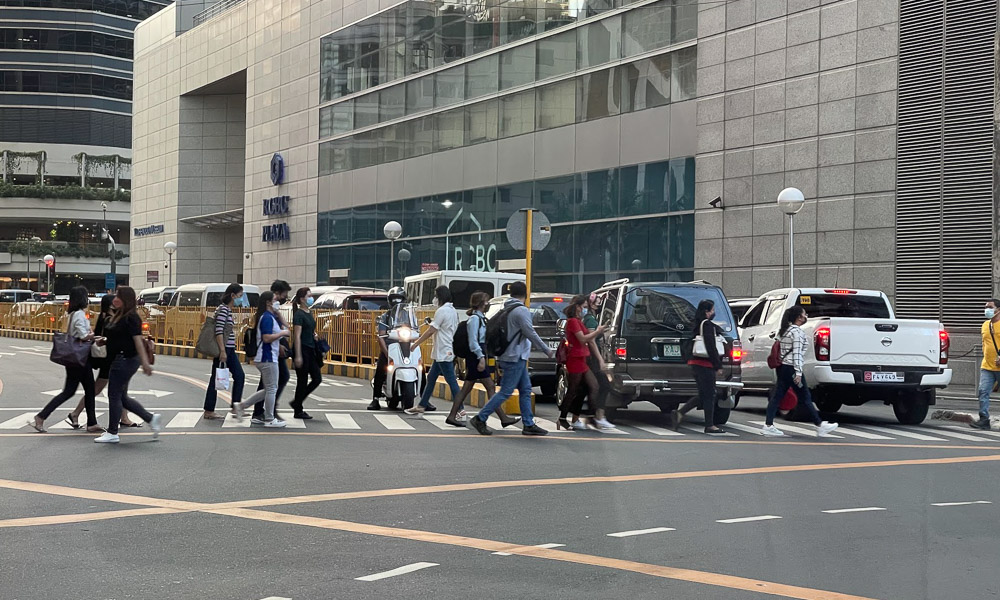
On the other hand, you have walkways that are impossible to access or seem stupid; sidewalks that are parking lots; and even some illogical pedestrian crosswalk layouts. Crossing the street shouldn’t be a life-or-death affair with idiots on the road that speed through pedestrian crosswalks and beat the traffic light only to shave a few seconds off their journey.
This shouldn’t discourage most from going out for a quick walk. In fact, I encourage most of you to try going out for a few minutes every day, to hopefully change your mind about using your own two feet to run short errands instead of using a vehicle.


0 Comments